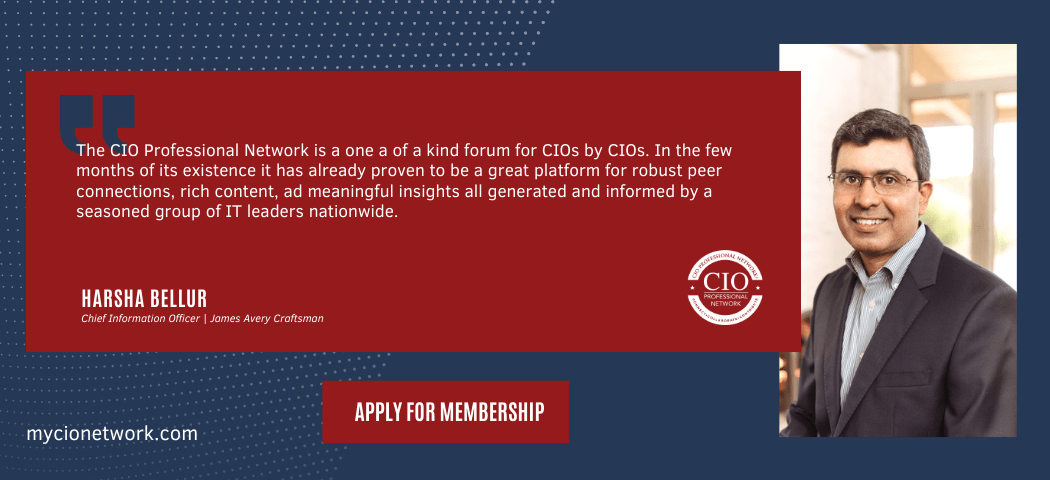At the Gartner Data and Analytics Summit 2025, Dr. Michelle Dickinson took the stage with a simple but powerful message: Technology isn’t the real disruptor — people are.
As a nanotechnologist, materials engineer, and entrepreneur, Dr. Dickinson has spent her career working on cutting-edge medical and technology innovations for startups, corporates, and investors. She co-founded Nanogirl Labs, a global STEM education initiative, and advises businesses on how to turn scientific breakthroughs into real-world solutions. Her experience spans academia, government research, and corporate R&D, giving her a unique perspective on what makes innovation succeed—or fail.
And that’s exactly what her keynote, Re-Wiring for the Future, was all about.
In a world obsessed with AI, automation, and digital transformation, it’s easy to think the next big innovation is just one software upgrade away. But as Dickinson pointed out, it’s not tech that drives change — it’s the way people embrace, resist, or reshape that tech. And that, she says, is where leaders need to focus if they want to stay ahead of disruption instead of becoming its next casualty.
Stop Thinking Tech-First, Start Thinking People-First
Remember Blockbuster vs. Netflix? Most people assume Netflix won because of streaming. But that’s not true—at least, not at first.
Netflix’s original value wasn’t tech. It was convenience. No late fees, no rushing to return DVDs on time. The tech came later, but the customer-first mindset was always there.
Dickinson used this example to hammer home a key point:
- Tech doesn’t disrupt industries — companies that obsess over customer problems do.
- Digital transformation isn’t about tools — it’s about how people use them.
So, before rolling out the next AI initiative or data platform, ask yourself: Are we solving a real problem, or just implementing tech for tech’s sake?
The Science Behind Why People Hate Change (And How to Fix It)
Here’s the reality: Humans are wired to hate change.
Dickinson broke it down with an evolutionary perspective. Back in our hunter-gatherer days, playing it safe kept us alive. If something worked last year — same farming techniques, same hunting patterns —you didn’t mess with it. That mindset still lingers in modern workplaces.
The result? Resistance to new processes, AI adoption, and even small workflow improvements.
How do you overcome that? Make people part of the process.
Think about the Betty Crocker cake mix story. When the company launched an instant cake mix in the 1940s — just add water! — it flopped. Why? Because people didn’t feel like they were actually baking. So, they tweaked the formula: Now, you had to crack an egg into the mix. Participation increased, and sales skyrocketed.
The lesson for tech leaders? Employees need to “crack the egg” in digital transformation. If they feel like passive recipients of change, they’ll resist. But if they have skin in the game, they’ll embrace it.
Curiosity Over Certainty: Why The Best Leaders Ask More Questions
One of the most interesting takeaways from Dickinson’s talk was this: We’re trained to stop asking questions.
Kids ask thousands of “why” questions a day. But by the time they hit adulthood, that number drops drastically. Corporate culture reinforces this — leaders are rewarded for having the right answers, not asking better questions.
The problem? In an era of AI, no one has all the right answers anymore. The leaders who will win aren’t the ones who “know it all”— they’re the ones who know what to ask next.
- Encourage a culture where asking ‘What if?’ is just as important as knowing ‘How?’
- Measure success not just by execution but by curiosity.
- Recognize that AI isn’t a replacement for human thinking—it’s a tool to amplify better questions.
Avoiding the “Blockbuster Moment” – What Leaders Need to Do Next
Tech leaders today face a choice: Stay rigid and risk becoming obsolete, or embrace change before disruption forces it upon you.
Dickinson’s advice? Take action now.
Make your digital transformation people-first. Find the “egg” your employees need to crack—something that makes them feel like active participants in change rather than passive recipients. Normalize change. Shift the mindset from “change is risky” to “staying the same is the real risk.” Cultivate curiosity. Encourage teams to ask why and what if more often instead of just looking for the “right” answer. And most importantly, solve real problems, not just roll out new tech. If customers and employees don’t see value, neither will your bottom line.
The Wrap: The Future Isn’t Just About AI, It’s About Mindset
AI is evolving fast. Data analytics is getting sharper. Automation is becoming the norm. But none of that matters if people aren’t on board.
Dr. Michelle Dickinson’s keynote was a wake-up call for technology leaders: Your biggest challenge isn’t keeping up with technology — it’s getting people to embrace it.
Most organizations focus on the tech stack, the tools, the next big upgrade — but true digital transformation starts inside the minds of the people using them. If employees resist change, if customers don’t see real value, if leadership is stuck in a rigid, outdated mindset — no amount of cutting-edge technology will save you from becoming the next Blockbuster.
So, what’s next? Re-wiring for the future means shifting from a culture of certainty to a culture of curiosity.
It means:
- Asking more ‘why’ and ‘what if’ questions instead of rushing to have the right answer.
- Helping employees take ownership of change instead of forcing new processes on them.
- Measuring success beyond KPIs and metrics—because true innovation isn’t always easy to quantify.
The leaders who thrive in this new era will be the ones who make technology human again—who use AI, data, and analytics not just as tools, but as catalysts for smarter thinking, better problem-solving, and deeper connections.
The future isn’t just about AI — it’s about people who know how to think, adapt, and innovate in a world where change is the only constant.
So the real question is: Are you re-wiring for the future, or waiting to be left behind?






